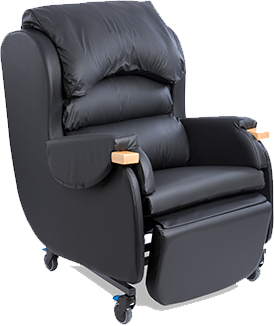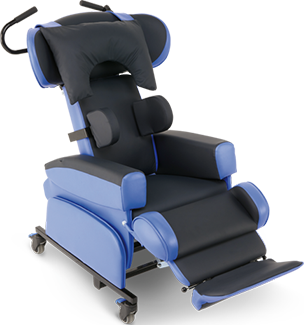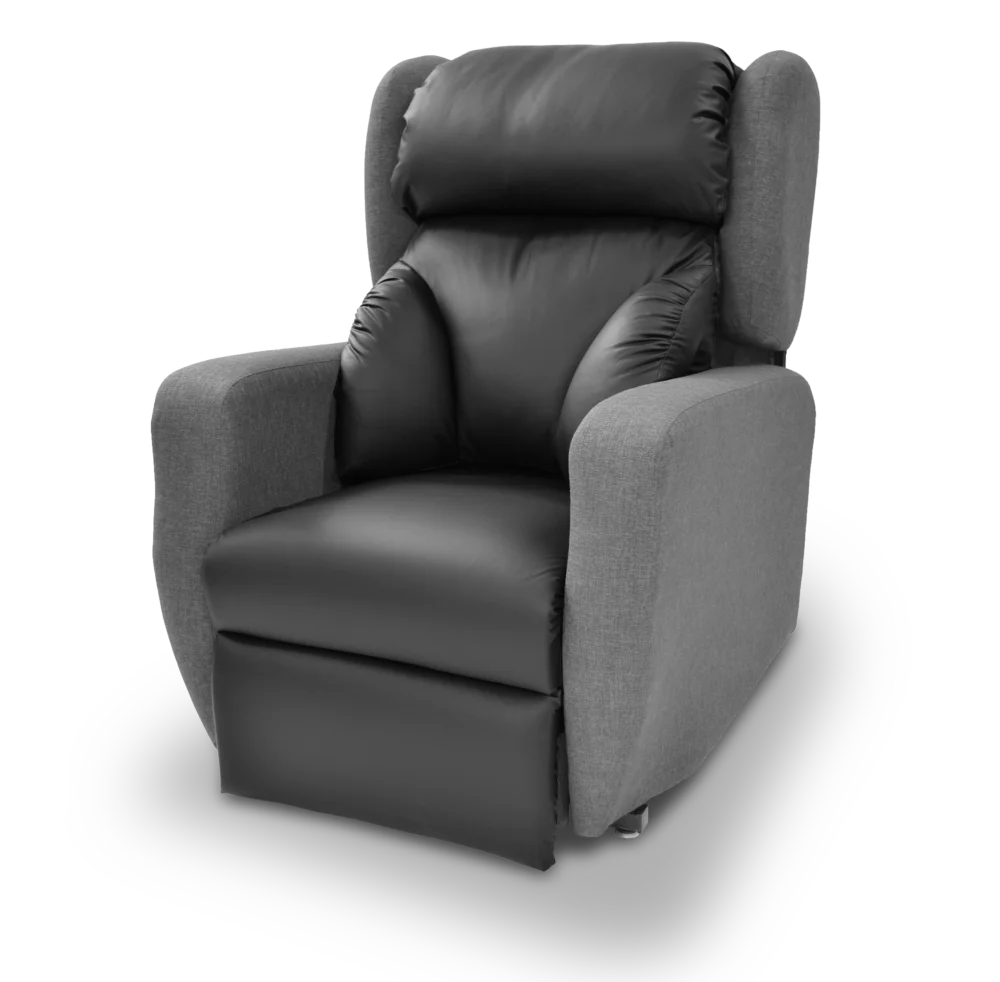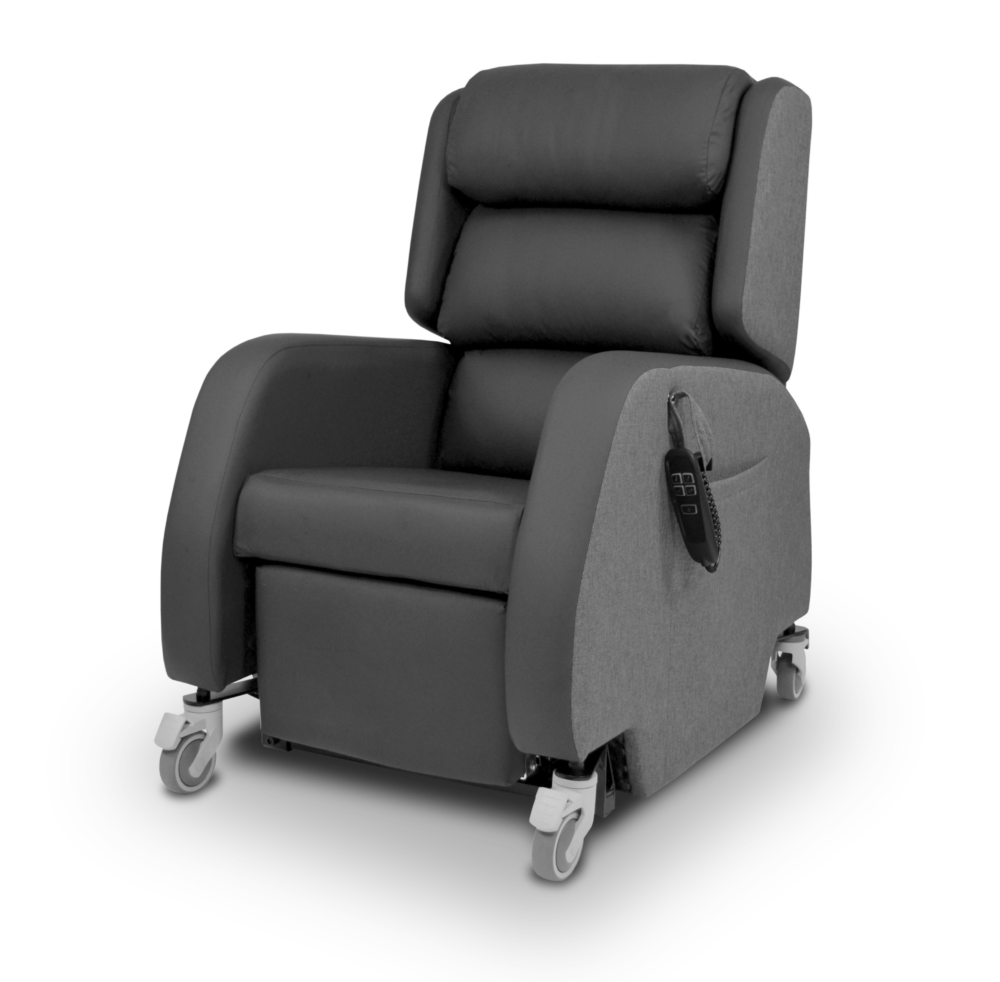What is an anterior pelvic tilt?
An anterior pelvic tilt is when an individual presents with their pelvis tilted forwards, with the anterior superior iliac spines lower than the posterior superior iliac spines.
This postural challenge can be associated with an increased lumbar lordosis and reduced functional reach.
What can cause an anterior pelvic tilt?
- Inappropriate back support
- Excessive lumbar contouring
- Anterior slope on seat causing instability
- Extensor patterns of activity
- Increased lumbar lordosis
- Tight hip flexor muscles
- Tight paraspinal muscles
- Obesity
Are there any seating solutions that can help with pelvic tilt?
Management will depend on whether the anterior pelvic tilt is correctable or if it is fixed, which can be identified during a comprehensive assessment. The aim is to support the pelvis in all planes of movement; the pelvis is the foundation to a stable sitting posture as it dictates what happens to the body above and below. There is also a need to manage any physical or health concerns, such as extensor patterns of activity and obesity, with a holistic management plan that may require signposting to other professionals. Seating solutions include:
- An appropriate contoured back to support the shape of the spine, especially at posterior superior iliac spines level, to encourage neutral spinal and pelvic orientation
- Tilt-in-space, if appropriate, to encourage pelvic stability. A pelvic belt, following a risk assessment, can also be considered
- An anterior trunk support, such as a tray
- Opening up the back angle; be mindful of causing the individual to slide forward in the seat – a ramped base may also be indicated
- Addressing any originating or resulting increased lumbar lordosis
- Any changes are best done in small increments to allow the individual to physiologically adapt



















